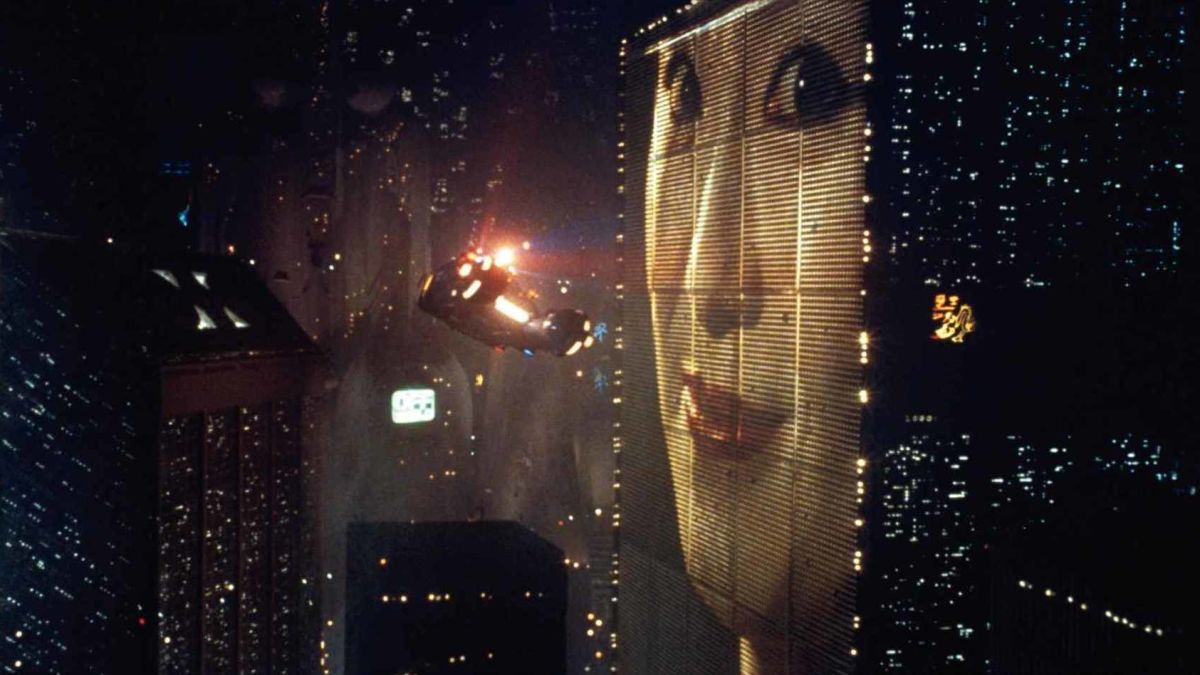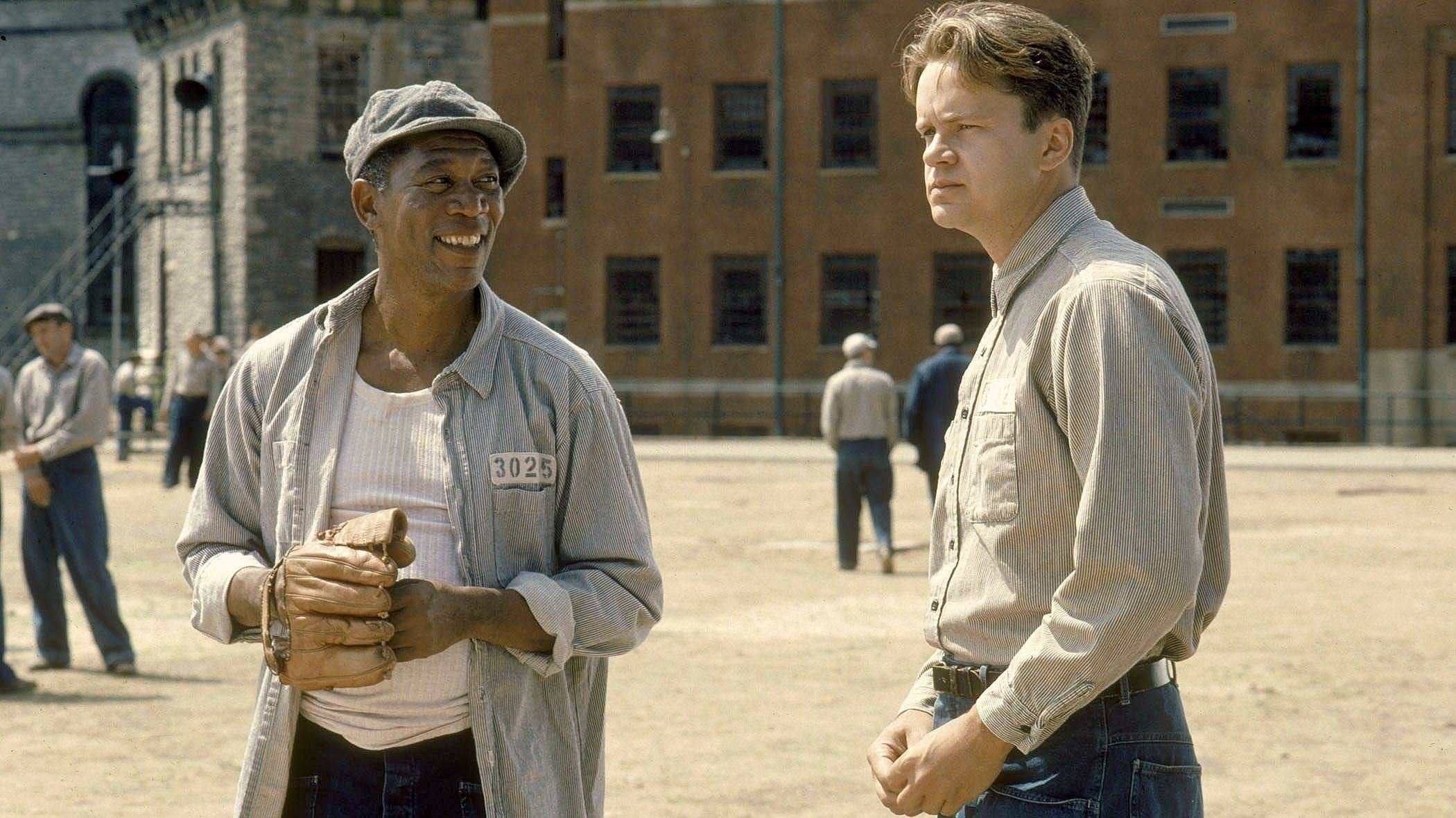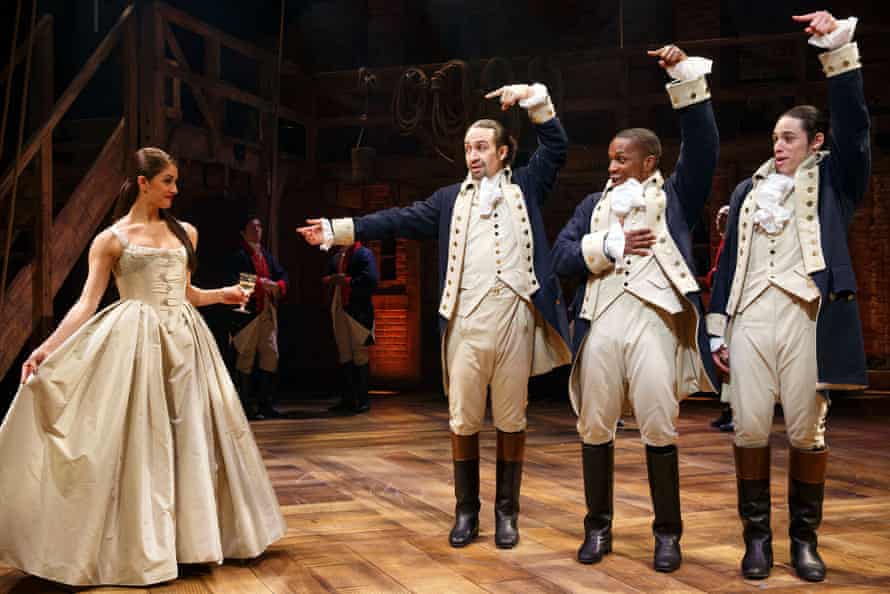| Film | Preference | Memorable scene | Film Element Focus |
| Bladerunner (Scott, 1982) | 4/10 | one of the opening scenes where you see the set of the world for the first time | Mise-en-scene |

| Film | Preference | Memorable scene | Film Element Focus |
| Bladerunner (Scott, 1982) | 4/10 | one of the opening scenes where you see the set of the world for the first time | Mise-en-scene |

| Film | preference (/10) | memorable scene | film element focus |
| Blade runner (scott,1982) | 6/10 | pris getting killed | Mise-En-Scene |
DEFINITIONS OF EACH OF THE SPECTRUMS OF THE ARTS:
THE PERFORMING ARTS
These can be defined in the sense that they are happening in real or present time. They can be observed and taken in as a ‘real occurrence’ in front of the viewer, or perhaps only once and cannot be replicated.
THE RECORDING ARTS
These are any form of art which is not created in the present but rather has been articulated in the past and is a compact form of content which can be replayed or re-used multiple times. These forms of art give a unique perspective to viewers and are mostly for individual interpretation as they do not give a totally biased or clear message. Arguably giving a more ‘direct path between subject and observer’.
THE REPRESENTATIONAL ARTS
The criterion for this spectrum of the arts is to be dependent upon specific language or bias in the form of an artistic messenger (the ‘codes and conventions of language’). Representational arts require a medium through which a message is portrayed that is extremely personal and usually does not need input from anyone other than the original artist (i.e. poems or paintings which have been done by one person).
EXAMPLES OF EACH OF THE SPECTRUMS OF THE ARTS:
THE PERFORMING ARTS:
PLAYS OR LIVE SHOWS, E.G. MACBETH ‘THE LIVE PLAY’ AT THE HATFORD THEATER

THE RECORDING ARTS:
FILMS AND RECORDED SONGS OR TV SHOWS, E.G. THE TRUMAN SHOW (PETER WEIR, 1998)

THE REPRESENTATIONAL ARTS:
FORMS OF LITERATURE OR PHYSICAL ART, E.G. ‘THE TYGER’ (WILLIAM BLAKE)

Mise-en-scene is an umbrella term in filmmaking which relates to many aspects in the pre, post and production of a film.
Wes Anderson, a director whose unique utilisation of symmetry in set design and precision in the colour scheme of costumes and props, could be said to present multiple examples of successful mise-en-scene in the 2014 film ‘The Grand Budapest Hotel’.
As a first example, the use of colour symmetry in set design and wardrobe is prominent throughout the movie, and it seems that the director utilises warmer tones to convey a light-hearted atmosphere as there is a mostly comedic air. Period accuracy cannot be measured due to no label upon when the story is set. However, Anderson consistently references a very significant and identifiable style, one reminiscent of the era ranging from the early nineteenth to mid twentieth century. In the second still below this paragraph, Ralph Fiennes’ character is pictured in a concierge suit relative to the dressage of the centuries. Materials like velvet and the distinctly beige-coloured modestly lengthy coat Saoirse Ronan’s character can be seen sporting are bold choices in costuming which do not fail to remind viewers that Wes Anderson chooses not to specific a year in which the film is set, but rather has such faith in set design and character clothing choices which can almost fulfil the same purpose.


Space is an essential tool to show an audience where their attention should be focused. The Grand Budapest Hotel features one scene in particular which utilises this particularly efficiently in my opinion. In the below scene, two characters are pictured out of centre despite being the only subjects in the frame. This – especially being shot by a director so notoriously bound to symmetry – indicates a certain meaning or presentation. In this case, a means of foreshadowing later events which should unfold. Mise-en-scene in the form of setting up shots or scenes focusing on subjects which don’t meet the usual criteria of the film – those levels between characters (as seen below) or situation of focus in the frame can alone connote to something meaningful or essential in the story. Simply because they are created to be different to other things to which the audience will have become accustomed. Lighting is a catalyst due to the fact that the sharp contrast of the beamed lights draw focus to the darkness in the room which also consists of the characters’ cool-toned suits. An uncanny contradiction in itself.


The above still is a perfect example of Anderson’s recognition of the importance of composition as an aspect of filmmaking. Rather than relying on dialogue for exposition as is common; this shot centres on Edward Norton’s subject, around whom the backlot delivers information in the form of paintings and maps on an almost crammed pin board (perhaps to denote to an unhealthily untidy obsession). Famously, the show-not-tell method of informing audiences is a respected method of creative story-crafting; and the fact that Norton’s subject remains central in the frame conveys the subtlety of the exposition itself as a result of careful composition. Once again a monochrome colouring is used to enlighten the audience of the character being introduced without the use of dialogue or text.
Another example of the uses of colour and space can be seen below. Contrasting to the light and warm tone utilised to portray a soft atmosphere, Anderson once again merely relies on a much darker colour scheme with relation to costumes to allow the interpretation of transferral into a more serious or dramatic atmosphere. A drastic use of proximity which separates the central subject from background characters foreshadows his importance in future storylines; without dedicating a large amount of unnecessary expositional time to him when he – as a character – is not yet a main antagonist.

A form of eliminating sub-plots which are not relevant at a certain time during the film, mise-en-scene could be seen to be an efficient plot device.
Mise-en-scene is generally defined as the staging of a film scene or sequence. It is composed of the set design, costume design and make up and hair choice, lighting, the composition or arrangement of props, use of spacing and proximity, the film stock and aspect ratio and the set design collectively.
Monaco believes that the spectrum of arts is separated into three different categories:
-The performance arts, this element can be viewed in real time and therefore would receive an instant reaction from the audience such as; music, theatre and dance.
-The representational arts, this form of art shares its message through physical objects such as; novels, paintings and sculptures.
-The recording arts, the last section of the spectrum of arts is shown to an audience after going through some kind of post-production such as; music, film and television that have gone through production/editing.
Mise-en-scene is used in many different ways in the film but I will be focusing on the introduction of Irontown as well as Lady Eboshi’s costumes.

Irontown is first introduced with the smoke it produces billowing up the mountainside, immediately showing the audience its constant battle with the natural world around it, as well as foreshadowing the clouded morality of its residents. The spikes protecting it makes the audience feel uneasy, showing that there is something that even the powerful humans who built it are afraid of.
The majority of Irontown’s citizens are workers, shown by their plain clothes. Some of the only characters that go against this are those in command, like guards, and Lady Eboshi- their leader.

Like the others in command, she wears mostly darker clothes, however hers have a lot more colour as she is the one in control. Her clothes are much more expensive looking with patterns, which she uses to show her status. She wears trousers to show how she is unafraid to get involved and help her people as well as to symbolise her independence. She is also one of the only female characters in the film to wear makeup (simple red lipstick), the only other being San who wears red warpaint- this creates a subtle connection between the two, making the audience more invested in their conflict.

Lady Eboshi is often seen in red, used to symbolise her desire for power as well as her anger towards the nature spirits. In the film, warm colours are often associated with fire, war, and mankind, while cooler colours are used more for the natural order- Eboshi is first introduced wearing a dark blue coat, allowing the main character Ashitaka to trust her, when she removes her coat- to reveal her true intentions- it shows her red and yellow shirt, reflecting the fires that burn in Irontown’s heart.

Eboshi’s other notable outfit is the one she wears when she goes to kill the god of the forest. In it she covers most of her body, almost to hide herself from the sin she is about to commit. She has her dark coat back, as well as a bright red hat, to further show her passion for power and contrast the natural world around her.
Monaco believes there are three main forms of art:
The performance arts- An act that happens in real time and is watched by a live audience. This includes things like opera,musicles,dance and live theatre.

The representational arts-Presents their art form through literature and pictures in a physical copy that the observer can see. For example books and paintings.

The recoding arts- Arts forms that has been recorded so can be listened to or watched at any time this includes things like film and music.

These three categorizations of the arts create a spectrum. From live real time events to pre recorded sounds and films.
In the book “How to read a film” By Monaco, through pages 22-28 he mentions the concept of “the nature of art” and “the spectrum of arts”. By mentioning “the nature of art” Monaco introduces the concept of a scientific and mathematical past to art through the context of the history of the arts and how they’ve developed.
He first mentions the Greeks and Romans approach, specifically to the rubric of poetry and the three approaches the Greeks and Romans had, these three being: Lyric, Dramatic and Epic. “By the late seventeenth century, the range of the word had begun to narrow once again. It was increasingly applied to activities that had never before been included—painting, sculpture, drawing, architecture—what we now call the “Fine Arts.” The rise of the concept of modem science as separate from and contradictory to the arts meant that Astronomy and Geometry were no longer regarded in the same light as Poetry or Music.” (quote pulled from “how to read a film” By James Monaco.) In the quote Monaco depicts the image that the word art sort evolved, from a sort of atavistic version of the word now, to a definition society is now more familiar with. Furthermore the chosen text also explains how the words once closely related scientific aspect was more disregarded and more and more unrelated from the new, narrowed, definition of the word.
After establishing the context of the word and concept of “art’ and informing the reader of the words past, Monaco introduces the idea of the “Spectrum of the Arts”. He does so by displaying the introduction of Film to the art realm and ‘recording media’ and ‘representative media’. After establishing the concepts of recording media and representative media he then moves onto Film, this is where he mentions the “Spectrum Of The Arts”, by explaining how Film doesn’t completely eliminate the intervention of a third party between the subject and the observer but does significantly reduce the distortion that the presence of an artist inevitably introduces Monaco can swiftly introduce the spectrum of arts:
The performance arts are art forms such as: dance, music, opera, theatre and musical theatre, magic, illusion, mime, spoken word, puppetry, circus arts, performance art. There is also a specialized form of fine art, in which the artists perform their work live to an audience. This is called performance art. When art is classed as ‘performance arts’ the art therefore must be being displayed in real time and/or live, no repeats, retries and such, this obviously complicates things for the performers/actors since if they make a mistake they will most likely lose the viewer’s/audience’s attention and/or respect.
This example of the ‘performance arts’ depicts a dance performance held place on a stage in front of an audience live
Representational art or figurative art represents objects or events in the real world, usually looking easily recognizable. For example, a painting of a cat looks very much like a cat– it’s quite obvious what the artist is depicting. So the obvious example for representational art is a portrait painting like the famous painting “Mona Lisa” it’s very vivid that it is displaying a portrait of a woman. But going more in depth and modern, comics and such are examples of representational arts too as it’s made very clear that the creator is depicting a person with powers saving the day.
Marvel Comics
Mona Lisa
The recording arts are more direct forms of art, also being under the concept of media, the recording arts records the art whether that be recording audio or visual and sometimes not recording but just displaying audio and/or visual art. The examples I am referring to are as followed: Music and Music Business. Within the entertainment industry, most people associate the recording arts with music and the music business. This example directly correlates to the audio recording aspect, Television and Film. This example directly correlates to using both audio and visuals to form art and lastly Video Games are the example which I was relating to when explaining that some recording arts don’t have to record the art just display the audio and visuals.
Music and Music Business
Television and Film
Video Games
the performance arts – is art that is shown in real time to an audience such as plays and live shows. for example the musical Hamilton

the representational arts – depend on the established codes and conventions of language such as paintings or poems. For example the mona lisa

the recording arts – music or shots from films that has been recorded before shown to an audience. for example ‘The lost boys” (1987)
